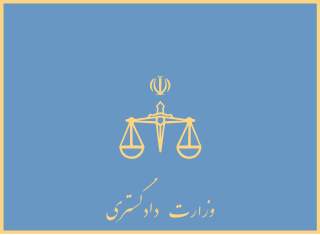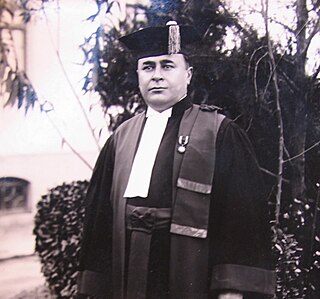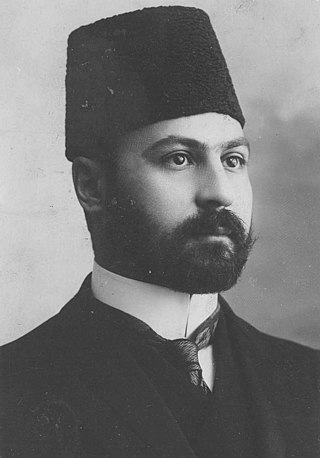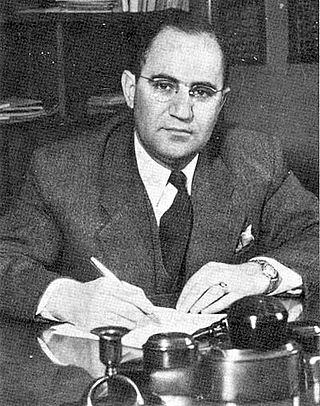Researcher into haematology
Fereydoun Ala definitively returned to Iran in 1965, soon after his father, Hossein Ala, died. He was appointed Assistant Professor at the Tehran University School of Medicine, Pahlavi (now Khomeini) Hospital in 1965, and was instrumental in establishing the first Clinical Haematology Department in Iran, equipped with its own modern laboratories, thanks to a personal research grant from the Wellcome Trust.
He also established a haemostasis laboratory for the hitherto undiagnosed inherited blood coagulation disorders, such as the haemophilias and von Willebrands Disease. The only available treatment for these potentially crippling bleeding diseases at the time, was frozen fresh plasma and the newly discovered cryoprecipitated Factor VIII concentrate (Judith Pool in 1967), as industrial concentrates were not yet being marketed. Replacement therapy with this primitive, home-made plasma fraction, allowed major orthopaedic, abdominal and thoracic surgery to be carried out with success. Another first was the introduction of hepatitis B surface antigen testing, first described by Baruch Blumberg in 1965. Hepatitis B was a common cause of chronic liver disease in Iran, most particularly among haemophiliacs. In 1971, Ala organised the VIIth Congress of the World Federation of Haemophilia (WFH) in Tehran, the first such meeting held outside Europe or America and Canada. The Proceedings of the meeting, edited by F. Ala and KWE Denson were published by Elseviers, Excerpta Medica (Amsterdam) in 1973. Soon after, the Haemophilia Centre at the Pahlavi (now Emam Khomeini) Hospital was designated an International Haemophilia Treatment Centre (IHTC) by the WFH, one of only a handful of such centres at the time. He was also appointed Medical Secretary WFH, in 1970, as well as a Member of the WFH Medical and Scientific Advisory Committee in 1978.
The dangerously primitive, fragmented state of blood transfusion in Iran, with its exclusive reliance upon blood bought from often addicted and diseased professional donors, drawn from the most deprived sectors of society, spurred Dr. Ala in 1972, to propose the creation of a centralised, state-funded national blood service for the recruitment of healthy, voluntary, non-remunerated donors, and the subsequent collection, testing, processing and distribution of blood and blood products to hospitals free-of-charge, in accordance with modern technical and ethical standards. The object was to take these vital services out of the commercialism of the market-place, and bring them into the realm of altruism and science. [3]
In 1974, a Parliamentary decree established the Iranian National Blood Transfusion Service (INBTS) [4] as an independent legal entity; [5] the Plan Organisation provided funding, and a High Council was appointed, chaired by the HIM Farah, Shahbanu of Iran.
A crucial first step, after procuring a suitable building, purchasing all the myriad items of equipment required, and selecting and training qualified medical, technical and administrative staff, was conducting widespread publicity and blood donor recruitment campaigns, to alter public attitudes towards voluntary donation, and draw public attention to the dangers of current transfusion practice – a veritably transformative social revolution. Within a few years, the INBTS became self-sufficient in Tehran, as voluntary donors from every walk of life, provided for the needs of hospitals in the capital. In addition, complementary services, such as blood components, clinical immunology, histocompatibility testing to support the first organ transplant programmes, special and antenatal serology, frozen red cells, and plasma fractionation were added to the spectrum of activities.
Obtaining official support for merging the entirely separate, poorly developed military blood services with the INBTS was a highly significant policy initiative (virtually unique in the Middle East, but for Israel), which provided access to armed forces personnel throughout the country. Ultimately, the Red Lion and Sun Society (latterly renamed the Red Crescent Society) blood centres were also merged with the INBTS.
Following the success of the INBTS in Tehran, regional centres in other major cities, such as Shiraz, Mashhad, Ahvaz, Sari and Hamadan were also established, providing much the same range of services available in the capital, although Tehran fulfilled the role of a national reference and training centre and arbiter of quality.
The INBTS (now termed IBTO – Iranian Blood Transfusion Organization) is a World Health Organization Collaborating Centre, and remains the best developed such service in the Eastern Mediterranean Region, in terms of size, diversity, and academic achievement, and is exceptional in its exclusive reliance upon voluntary, unremunerated blood donation. Fereydoun Ala was appointed as Councillor to the International Society of Blood Transfusion (ISBT) in 1969. He also became a Member of the World Health Organization (WHO) Eastern Mediterranean Regional Advisory Committee on Medical Research in 1979, as well as a Member of the WHO Expert Advisory Panel on Human Blood Products and Related Substances in the same year. In Iran, he became the Director of the newly established Iranian Medical Research Committee (1975).
Further career in the United Kingdom (1981 to 1999)
In 1981, Fereydoun Ala moved from Iran to the UK, and was appointed Medical Director of the National Blood Service, West Midlands Region, Senior Lecturer at the Birmingham University Medical Faculty, and Consultant Haematologist at the Queen Elizabeth Hospital. During his tenure, the Centre was designated as a 'WHO Collaborating Centre for Training and Development in Blood Transfusion'. His further activities during this period included: Membership of the UK National Blood Transfusion Service Management Committee (1989); Chair of the UKBTS/NIBSC Standing Advisory Committee on Transfusion-Transmitted Infection (1993); his appointment as Councillor to the International Society of Blood Transfusion (ISBT) was renewed in 1998; finally, he was co-editor of 'Transfusion Today' the ISBT Journal.
During this period, he acted as WHO Short-Term consultant in Blood Transfusion to Byelorussia, Cyprus, Djibouti, Egypt, India, Jordan, Kazakhstan, Kyrgyzstan, Lebanon, Pakistan, Syria, Tajikistan, Taiwan, Tunis, United Arab Emirates and Uzbekistan.









